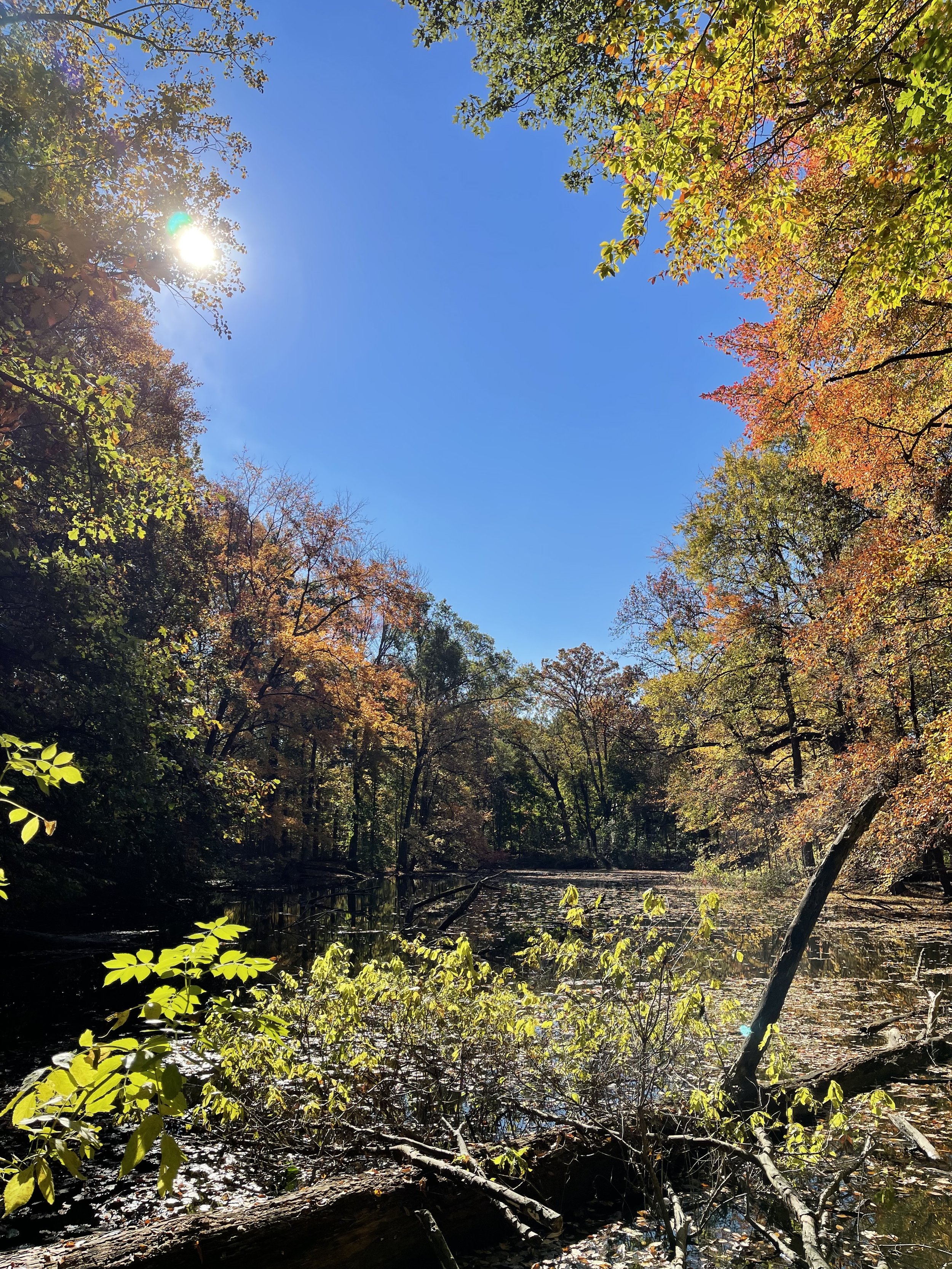Bat Habitat in the Drew Forest
The Drew Forest is a biodiversity oasis, providing a home to a large number of New Jersey’s native species. Bats are nocturnal mammals that occupy a multitude of different habitats throughout the year. The Forest’s towering oak and sugar maple trees provide branches for roosting, insects for eating, and tree cavities for shelter. New Jersey has six year-round bat species, including the federally endangered Indiana Bat. Where will the bats go if the Drew Forest is gone?
Bats may be tiny, but these winged friends have a large impact on the larger environmental ecosystem. The majority of bats are primarily insectivorious and are the only major predator of nocturnal insects. Bats tend to concentrate in places with high insect abundance. A single little brown bat can eat up to 3,000 mosquito-sized insects per night! The insect pest control services of bats are valued at an estimated average of $22.9 billion annually in the United States.
During the summer months, many bat species roost on high tree branches in forested areas. The Drew Forest floor provides not only plenty of yummy insects to eat but shelter amongst foliage and upturned bark. In the winter, certain species like the eastern red bat (Lasiurus borealis), will nestle on the forest floor, while other species hibernate in caves or mines. Most New Jersey bat species stay local to hibernate. When warm weather returns, they too will return to the same forested area for fresh insects and a safe environment for breeding. If the Drew Forest is not conserved, New Jersey's bats will lose 53 rare continuous acres of dense trees and become displaced. Deforestation is one of the biggest threats to bats and their declining population.
Bat Acoustic Surveys
A survey was conducted in July 2023 that collected data on the bat population in the Drew Forest. To learn more, click the button below!
Bat Species
Big Brown Bat
Credit: Conserve Wildlife Foundation of New Jersey
Part-Time Species:
Hoary Bat
Eastern Red Bat
Silver-Haired Bat
Year-Round Species:
Big Brown Bat
Little Brown Bat
Small-Footed Bat
Tricolored Bat*
Northern Long-eared Bat*
Endangered Indiana Bat
* = Proposed uplisting from threatened to endangered species:
Creature Show Episode 2: Terror in the Bat Cave
“Found deep within bat hibernacula in New Jersey is something terrifying…an invasive fungus that has killed 95% of little brown bats and 99% of northern long-eared bats. While scientists across the country are desperately searching for a cure, New Jersey conservation biologists are doing what they can to help bats hold on, including protecting bat habitat and educating the public about an often misunderstood animal.”

